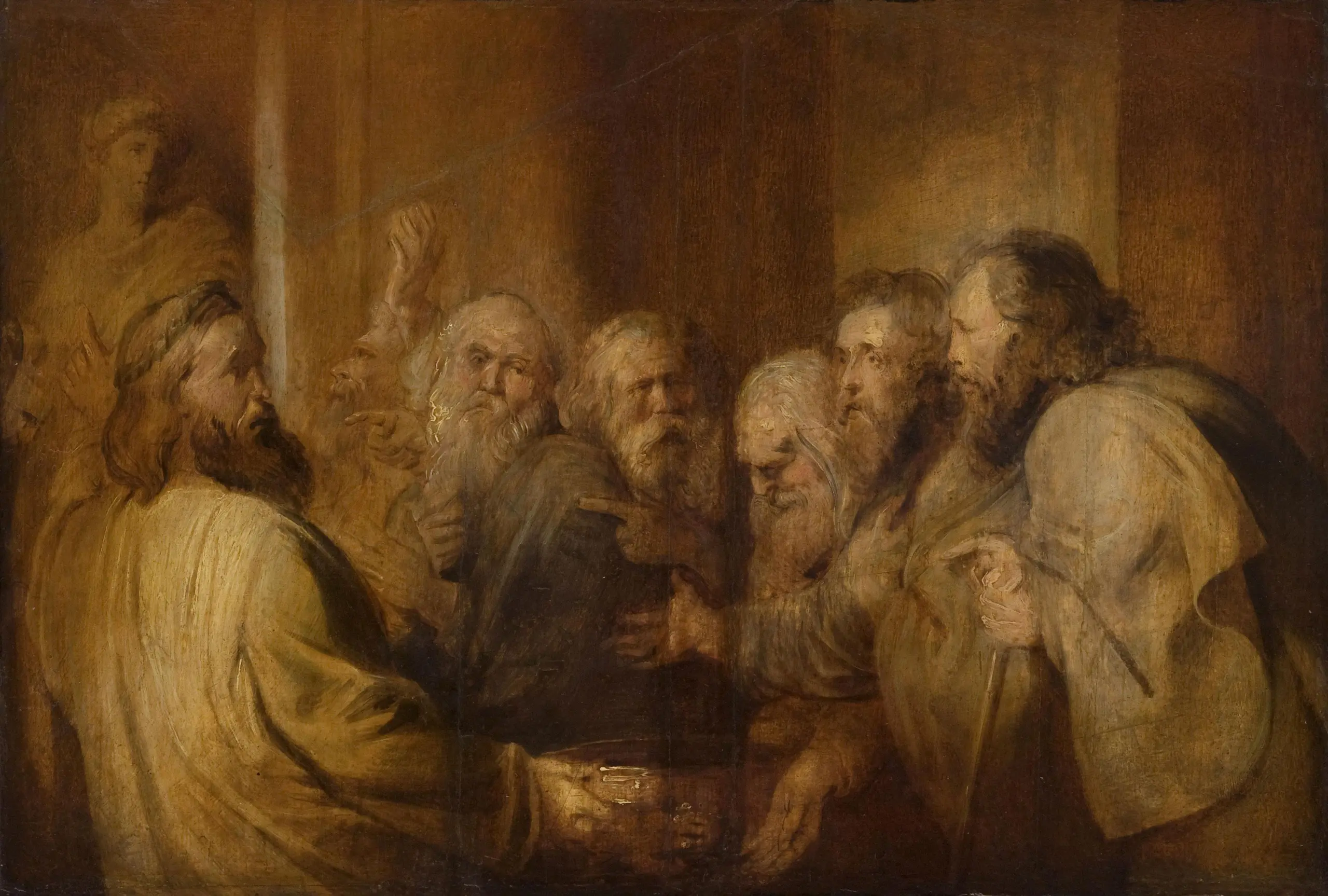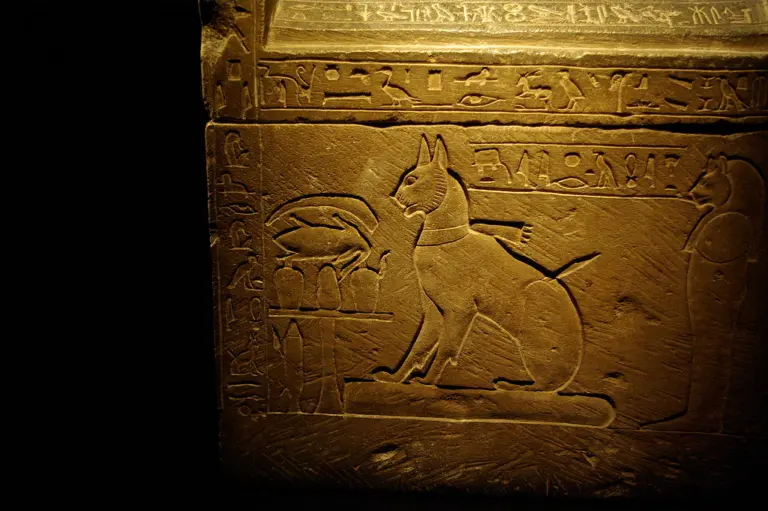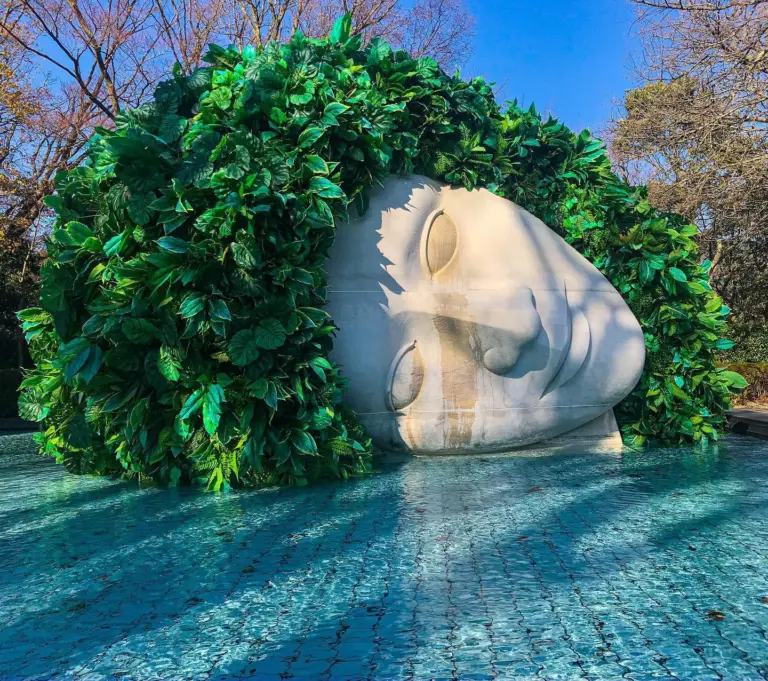One of the core elements of Buddhist philosophy is the concept of the Three Poisons: ignorance (moha), attachment (raga), and aversion (dvesha).
These are not just transient emotions but deep-seated mental states that distort our perception and are the root causes of suffering.
Ignorance is the misunderstanding of the true nature of reality, attachment is the intense desire for and clinging to experiences, objects, or ideas, and aversion is characterized by deep hatred.
These poisons keep beings trapped in samsara, the continuous cycle of rebirth and suffering.
This article aims to provide an in-depth exploration of these Three Poisons. It will delve into their meanings, how they manifest in our lives, and their significance in Buddhist teachings.
Additionally, we’ll also discuss the traditional antidotes to these poisons.
Table of Contents
Toggle
The Three Poisons
1. Ignorance (Moha)
The first of these poisons is ignorance, known as Moha in Sanskrit.
Moha is not simply a lack of knowledge; it is a fundamental misunderstanding of the nature of reality. It is the mistaking of the impermanent for permanent, the impure for pure, and the painful for pleasurable.
This distorted perception lies at the heart of all suffering, as it leads to actions that are not in harmony with the true nature of things.
In daily life, Moha manifests in various forms. For example, it can be seen in the denial of the inevitability of aging and death.
People often hold onto fixed ideas about themselves and the world, refusing to acknowledge change and impermanence.
In spiritual practice, Moha is the obstacle that prevents understanding the true nature of the self and the universe. It’s the veil that clouds insight and hinders the development of wisdom.
2. Attachment (Raga)
Attachment or Raga, is the second of the Three Poisons. It refers to an intense desire for and clinging to various objects, ideas, or experiences.
This form of attachment is grounded in the mistaken belief that these things can provide lasting happiness. Raga is an excessive emotional entanglement that distorts perception and decision-making.
Attachment itself manifests in many ways. It can be seen in the relentless pursuit of material possessions, the obsession with relationships, or the incessant craving for sensory pleasures.
Even subtler forms of attachment include clinging to one’s views, identity, or beliefs. These attachments are based on the illusion that such things are permanent and essential to one’s happiness.
The impact of attachment narrows one’s focus, leading to a constant state of wanting and dissatisfaction. When the mind is caught up in attachment, it experiences a roller coaster of emotions – elation when the object of desire is obtained and despair when it is lost or unattainable. This constant craving creates a cycle of dependency and emotional turbulence.
Attachment can also lead to unhealthy patterns such as hoarding, addiction, obsessive relationships, and conflict. On a subtler level, it manifests as resistance to change, fear of loss, and an inability to enjoy the present moment.
People often find themselves living in a state of perpetual longing, unable to appreciate the value of what they currently have.
3. Aversion (Dvesha)
Aversion, known as Dvesha, stands as the third poison in the Buddhist conceptual triad, representing a deep-seated dislike.
It is the mirror opposite of attachment, but like its counterpart, it stems from a misunderstanding of the nature of reality, leading to intense emotional reactions and negative behaviors.
The nature of aversion is rooted in a desire to avoid, reject, or push away what is perceived as unpleasant. This can manifest as simple dislike of certain foods or as complex as deep-seated prejudices against entire groups of people.
Aversion can also take the form of self-directed negativity, such as self-hatred or an inability to accept aspects of one’s own character.
On a personal level, aversion can cause anxiety and anger, and in its more intense forms, it can lead to violence and destructive behaviors. A person driven by aversion may experience chronic stress, as they are constantly in a state of resistance against aspects of their life.
It is at the root of many forms of social conflict, including racism, sexism, and other forms of discrimination. When aversion is collectively held and acted upon, it can even lead to war.
Societies driven by aversion often struggle with division, conflict, and a lack of compassion and understanding among their members.
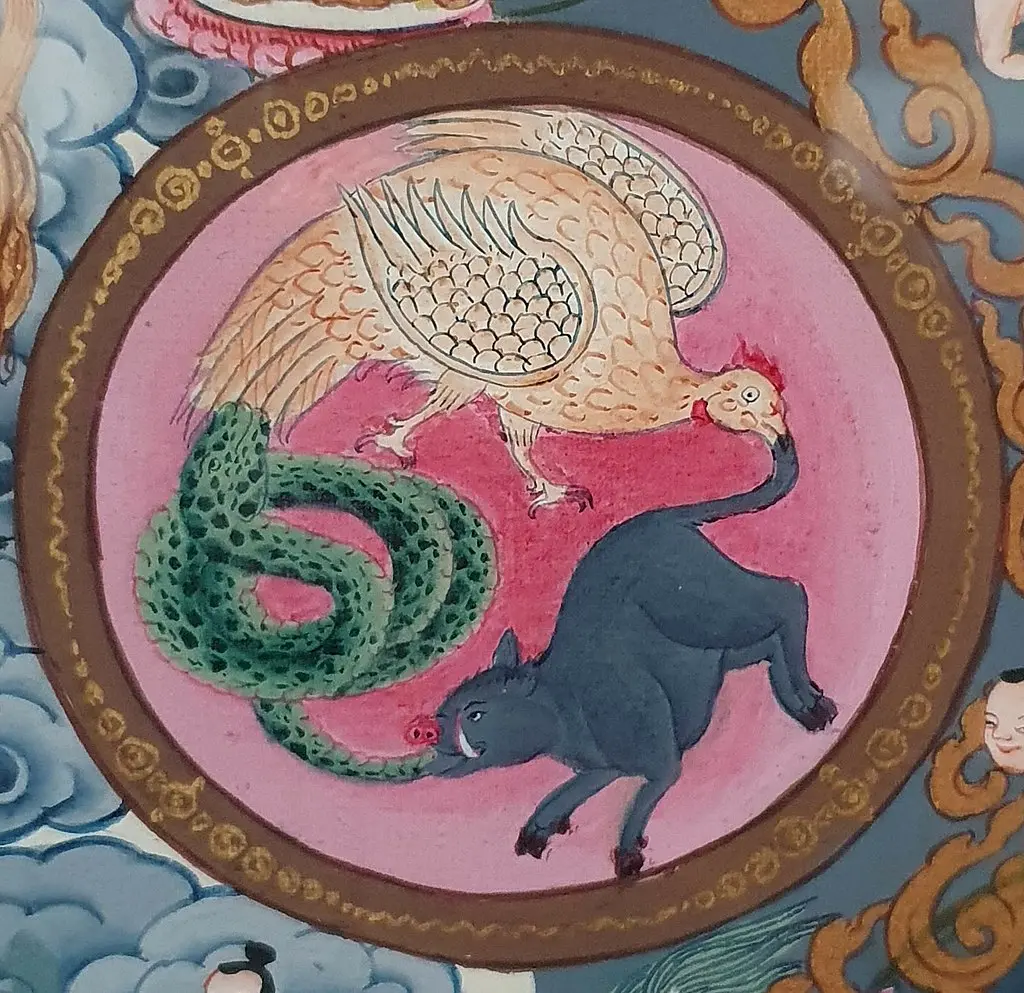
Animal Representations
In Buddhist symbolism, animals are often used to convey profound teachings, offering accessible insights into complex philosophical concepts. This use of animal imagery is particularly evident in the representation of the Three Poisons, where each poison is symbolized by a specific animal:
- The Pig represents Ignorance. In Buddhist iconography, the pig is often depicted as deluded, embodying the state of ignorance. This animal symbolizes the fundamental misunderstanding of the nature of reality, a misperception that leads to suffering. The pig’s representation of ignorance points to the clouded, unclear mind that misinterprets the nature of existence and is the root cause of the other two poisons.
- The Rooster symbolizes Attachment. The rooster, with its flamboyant plumage and assertive behavior, represents the craving and grasping nature of attachment. Just as a rooster is attracted to shiny objects and can be aggressive in its pursuit, so too does attachment involve a strong pull towards desirable experiences.
- The Snake is emblematic of Aversion. The snake, poised to strike, represents the immediate, reactive nature of aversion. This animal captures the essence of hostility, anger, and hatred that characterizes aversion. The snake’s symbolism reflects the harmful and often venomous impact of aversion on the mind and behavior. It illustrates how aversion can be instinctual and deeply embedded in one’s reactions to the world.
Often, these animals are depicted together in a circle (Bhavachakra or the Wheel of Life), indicating the cyclical and interdependent relationship between the poisons.
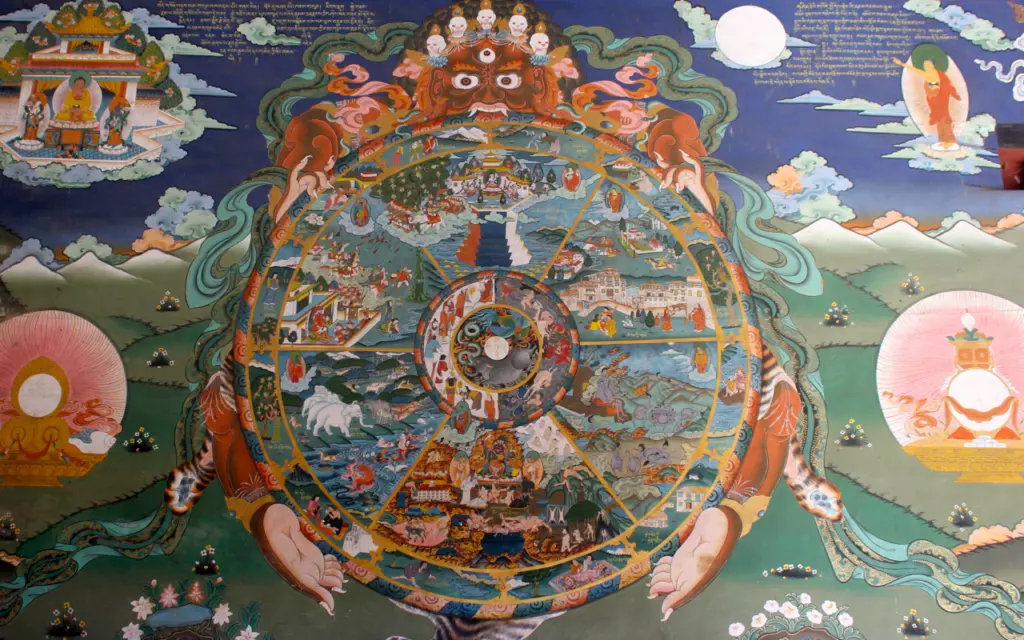
The Relationship of the Three Poisons
The Three Poisons of Buddhism are not isolated mental states but are deeply interrelated, each feeding into and reinforcing the others.
From Ignorance to Attachment and Aversion: Ignorance, the fundamental misperception of reality, is the root from which attachment and aversion grow. When one is ignorant of the true impermanent and non-self nature of reality, it leads to clinging to things that are believed to bring pleasure (attachment) and rejecting things that are perceived as unpleasant (aversion). This basic misunderstanding sets the stage for a constant cycle of desire and repulsion.
Attachment and Aversion Reinforcing Ignorance: In turn, attachment and aversion reinforce ignorance. When one is caught in the grip of desire or repulsion, the ability to see things as they truly are is clouded. For example, intense attachment to material possessions or relationships can make it harder to perceive the transient nature of these things, thus deepening the ignorance.
The interplay of Moha, Raga, and Dvesha is a key driver of the cycle of samsara. Each action motivated by these poisons leaves an imprint on the mind, creating tendencies and habits that influence future actions and reactions. This chain of cause and effect, known as Karma, keeps individuals trapped in the cycle of rebirth and suffering (Samsara).

The Three Antidotes
1. Wisdom (Prajna)
The primary antidote to Ignorance (Moha) is Wisdom (Prajna). In the context of Buddhism, wisdom is a deep understanding of the true nature of reality.
This includes the realization of impermanence, the non-self nature of phenomena, and the understanding of the causes of suffering and the path to its cessation.
Wisdom as an antidote to ignorance involves seeing through the illusory nature of the self and the world. It counters the tendency to perceive things as permanent, separate, and satisfying, which are fundamental misconceptions underpinning Moha. This insight breaks down the delusions that lead to suffering.
Developing wisdom in Buddhism often involves a combination of study, reflection, and meditation. Study provides the intellectual understanding of Buddhist teachings, while reflection allows one to internalize these teachings. Meditation, particularly insight meditation (Vipassana), is crucial as it provides the direct experiential understanding of the truths of impermanence, suffering, and non-self.
2. Generosity (Dana)
To counter Attachment (Raga), Buddhism highlights the practice of Generosity (Dana) as a key antidote.
Generosity in this context goes beyond charitable giving; it embodies a profound willingness to let go, to share, and to extend oneself for the benefit of others, counteracting the grasping nature of attachment.
Generosity is understood in Buddhism not only as the giving of material goods but also as the sharing of time, energy, knowledge, and emotional support.
This practice helps to loosen the bonds of selfishness, which are at the heart of attachment.
When one practices generosity, it directly challenges the tendency to cling to possessions, views, and even the sense of self. It cultivates a spirit of openness and relinquishes the need for control.
Engaging in acts of generosity shifts the focus from oneself and one’s own desires to the wellbeing of others. This outward focus is so transformative, as it helps to develop a sense of connection. Generosity fosters a sense of joy that comes not from acquiring, but from the act of giving.
The intention behind the act of giving is just as important; true generosity is marked by a lack of expectation of return or even recognition. It is an unconditional offering that comes from a place of compassion and understanding of the interconnectedness of all beings.
3. Loving-Kindness (Metta)
To counteract Aversion (Dvesha), Buddhism emphasizes the cultivation of Loving-Kindness (Metta). This quality serves as powerful antidotes to the feelings of anger, hostility, and repulsion that are characteristic of aversion.
Loving-Kindness is the practice of generating unconditional positive regard and warmth towards all beings. It begins with fostering a sense of goodwill and kindness towards oneself and then extending this benevolence outward to others, including friends, strangers, and even those whom one may consider adversaries.
By cultivating loving-kindness (such as through Loving-Kindness Meditation), the mind’s tendency towards aversion is gradually replaced with feelings of empathy and compassion.
This shift in attitude can significantly reduce feelings of anger, promoting a sense of connectedness.
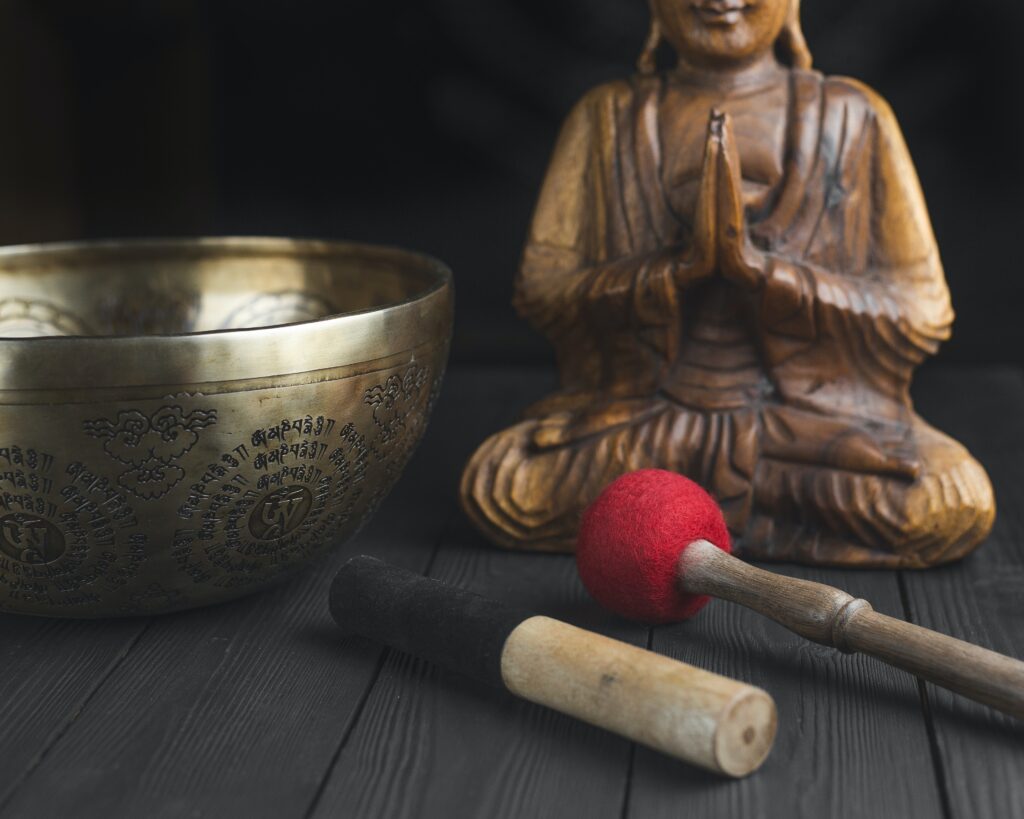
Practices to Overcome the Three Poisons
Meditation Practices:
- Insight Meditation (Vipassana): This involves a deep observation of one’s own mental and physical experiences to gain insight into the nature of impermanence, suffering, and non-self. It’s a practice that directly confronts and diminishes ignorance.
- Mindfulness Meditation: Practitioners learn to maintain a moment-by-moment awareness of thoughts, feelings, bodily sensations, and the surrounding environment. This practice is key in recognizing and addressing the Three Poisons as they arise in daily life.
- Loving-Kindness Meditation (Metta): This focuses on developing an attitude of love and kindness towards all beings. It’s particularly effective against aversion, replacing feelings of hostility and resentment with compassion.
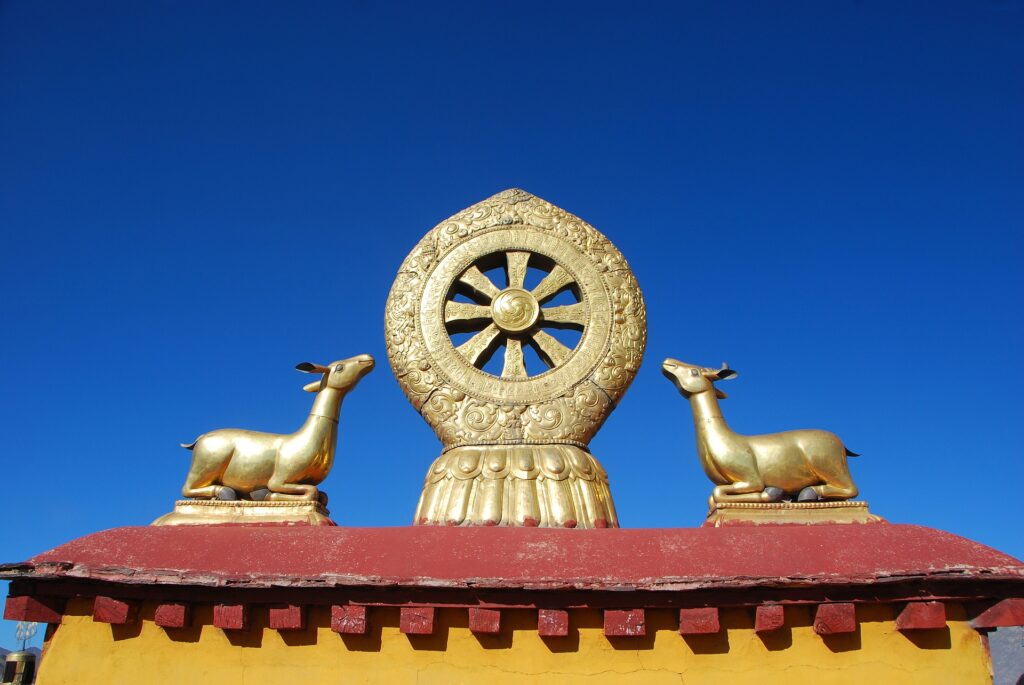
Buddhist Teachings:
- The Noble Eightfold Path: Provides practical steps like right understanding, right intention, right speech, action, livelihood, effort, mindfulness, and concentration, each addressing aspects of the Three Poisons. You can learn more here.
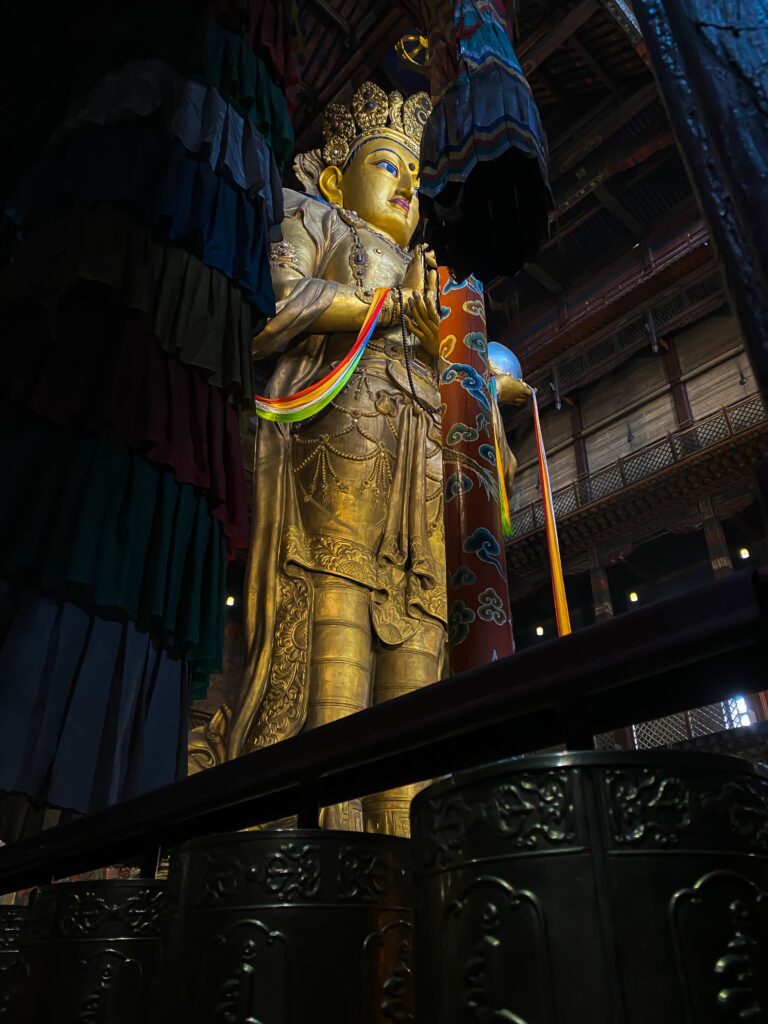
Mantras and Dharanis:
- Medicine Buddha Mantra: This Buddhist mantra specifically asks the Medicine Buddha to help in alleviating suffering caused by physical and mental ailments as well as the Three Poisons. “Tayata Om Bekanze Bekanze Maha Bekanze Radza Samudgate Soha”
- Nilakantha Dharani: Known for its protective properties, this dharani is recited to overcome spiritual and material obstacles, purifying the mind and environment from negative influences. A part of the Nilakantha Dharani also asks Avalokiteshvara to dispell the Three Poisons


